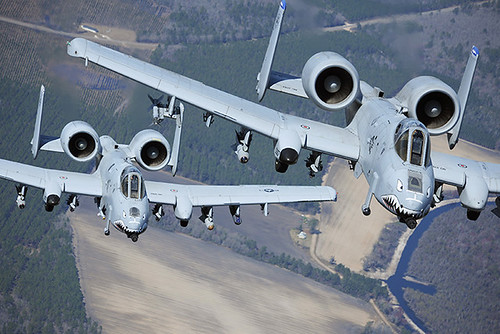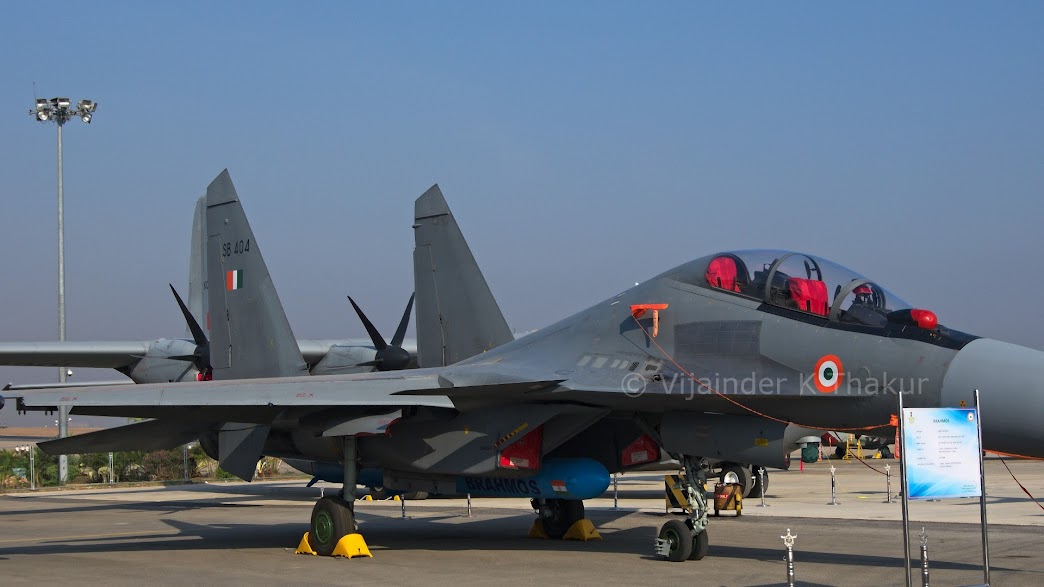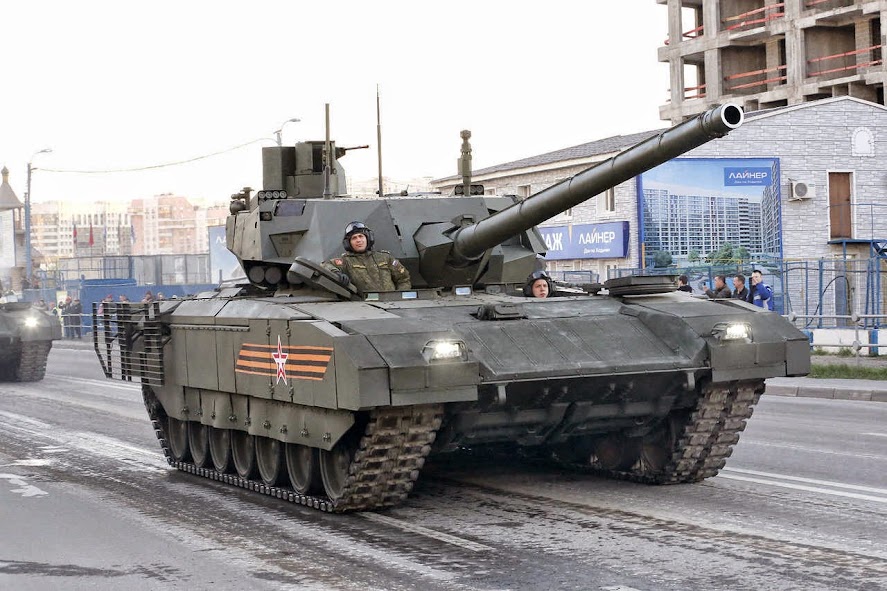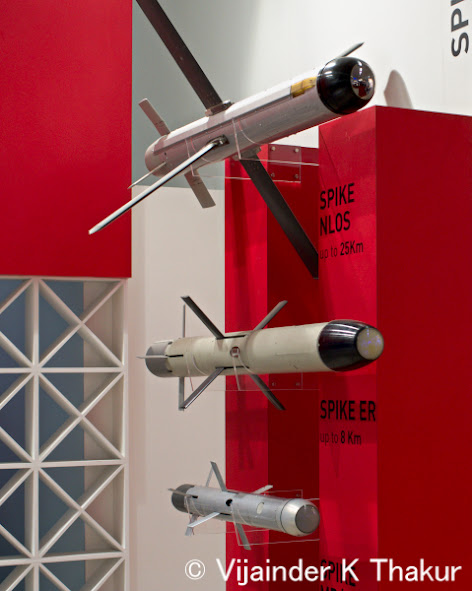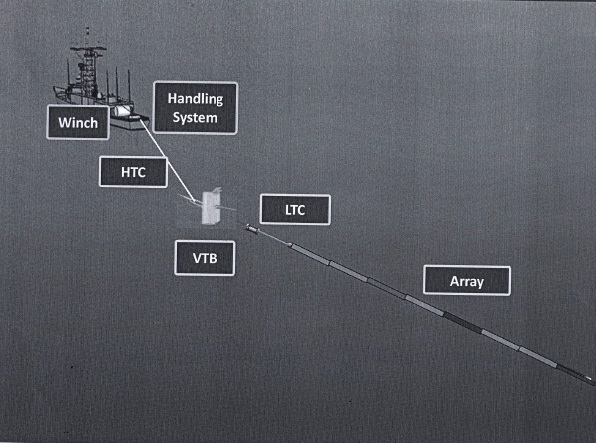 |
| INS Teg a Project 11356 (Talwar Class) Frigate |
Project 11356 Frigate Modernization
On June 23, 2015 RIR reported that India has expressed interest in fitting its Project 11356 (Talwar class) ships with an improved variant of the Shtil-1 PDMS (Point Defense Missile System) that is currently undergoing state trials in Russia.
The system features vertical launch and a Multi Function Radar with phased array antenna.
The existing Shtil-1 system can launch a missile once every 12 seconds, while the new Shtil-1 can launch once every 1.5-2 seconds.
The Shtil system is designed to engage all the modern means of air attack at medium range and at altitudes from five meters to 15 kilometers.
On October 20, 2014 Vladimir Spiridopulo, the general director working on this project at the Northern Design Bureau, told TASS that negotiations are underway for the overhaul of the first three Project 11356 supplied to the Indian Navy in the early 2000s.
"But the contract for the modernization has not been signed yet," said Spiridopulo.
IDP Sentinel members can read more details at
Project 11356 Talwar Class Missile Frigates (IDP Sentinel)
INS Sindhukirti Returns to IN
INS Sindhukirti was handed over to the Indian Navy on June 26, 2015 after refit spanning 9 years and month long post refit sea trials.
The sub would be re-inducted into the Navy after final full-power trials.
INS Sindhukirti underwent refit at Hindustan Shipyard Limited (HSL). The boat started acceptance trials on November 4, 2014 after completion of the refit with assistance from Zvezdochka Shipyard in Severodvinsk.
The sub was expected to rejoin the fleet in March 2015, but acceptance trials were halted when it was realized that cyclone Hudhud, which battered Visakhapatnam on October 12, 2014, had brought in a lot of sand and reduced the draft from seven to four meters. HSL dredged the harbor and the submarine sailed out for acceptance trials on May 21, 2015.
INS Sindhukirti's refit, expected to take just 3 years, started in June 2006; it involved repair and modernization of hull, cables, machinery, sonar and missile equipment with the help of Russian experts.
Timelines got stretched when in 2011 the Russians insisted that electrodes, mainline cables and several other parts for the submarine be sourced from Russia.
The refit involved modifying torpedo tubes to launch Klub LACM, installing MCA inertial navigation suite, a Palady nerve system, and a Pirit ship control console. The boat now features BEL's Ushus sonar and a modernized CCS Mark II communications suite.
IDP Sentinel members can read more details at
Life Extension Refit of Kilo Class submarines - I - IDP Sentinel
LCH Hot Weather trials at Jodhpur in June 2015
LCH Hot Weather Trials
The LCLH completed week-long hot weather trials in Jodhpur on June 26, 2015.
During the trials, the TD-3 prototype was flown in temperatures ranging from 39-deg to 42-deg C.
The testing involved temperature survey of engine bay and hydraulic system, assessment of performance, handling qualities and loads at different all up weights, low speed handling and height-velocity diagram establishment. [via The Hindu]
In July 2015 the LCH is scheduled to undergo hot and high trials in Ladakh. [via Business Standard]
IDP Sentinel members can read more about the LCH project at the link below:-
Light Combat Helicopter (LCH) - IDP Sentinel
 |
| Rustom-1 at Aero India 2015 |
Rustom-1 Improvements for Operational Role
The IN has shown an interest in procuring DRDO's Rustom-1 drone for surveillance of the Indo-Sri Lanka maritime boundary, the Business Standard reported on June 26, 2015. The Indian Army earlier told DRDO that it would place orders for the Rustom-1 if its take-off and landing could be automated and endurance increased.
Rustom-1 was initially conceived as a technology development and demonstration platform. DRDO is now steadily improving the drone to meet operational requirements.
Flight Operations
Presently, the aircraft needs to be externally piloted during take-off and landing. The Army has asked for autonomous take-off and landing (ATOL) capability, which the ADE is working on.
Rustom-1 takes-off and lands like a conventional aircraft, with the take off and landing being controlled by an external pilot standing close to the runway.
After T/O, the external pilot hands over the control of the UAV to another pilot operating from a ground control station, who pilots the aircraft for the rest of the mission.
A payload operator manages the various payloads from ground control station to capture essential video pictures and data.
Automated T/O and Landings (ATOL)
DRDO is in the process of equipping the drone with sensors required for the ATOL implementation. Extensive real-time simulation have been done on the UAV flight simulator to develop and fine-tune the guidance and control algorithms.
The ALS (Automated Landing System) helps in safe landing of the UAV with minimum Pilot involvement. It performs calculations to keep the UAV on the correct glide slope and aligned to the center-line of the runway. It automates approach and flareout using the UAV's autopilot .
With ATOL capability the UAV would be able to lift a heavier payload since the ground pilot would not be taxed with the longer take-off roll.
The ALS system includes a ground based Laser transmitter and receiver, and a Retro reflector on the UAV. ALS also has a Day TV Camera for streaming video that is monitored by the Internal Pilot (IP). After acquiring a UAV in its vicinity, the ALS continuously transmits Laser pulses and receives reflections from the retro reflectors on the UAV. The system uses the laser reflections to compute the dynamic position of the UAV (ie Distance, Azimuth and Elevation angles) and uplinks the data to the UAV autopilot for a safe landing.
Weight Optimization
DRDO is making the Rustom-1 lighter in order to increase its useful payload.
A DRDO scientist told the Business Standard in June 2015, "We are replacing the existing data link, which weighs about 14-kg with a newer data link that weighs just 4-kg. We are shaving off another 25-kg from the flying package. That will give us the long 'persistence' we need over the mission area."
Multiple GCS Operations
The Rustom-1 datalink has a max range of 200-km. In order to make the drone capable of long range patrols, such as monitoring maritime boundaries, DRDO is modifying the datalink to facilitate mid-flight switching from one GCS to another.
AIS Interrogator
DRDO is working with the Navy to equip Rustom-1 with AIS interrogator to facilitate surveillance of the maritime boundary between India and Sri Lanka. [via Business Standard]
IDP Sentinel members can read more about the Rustom-1 project at the link below:-
Rustom-1 MALE - IDP Sentinel
